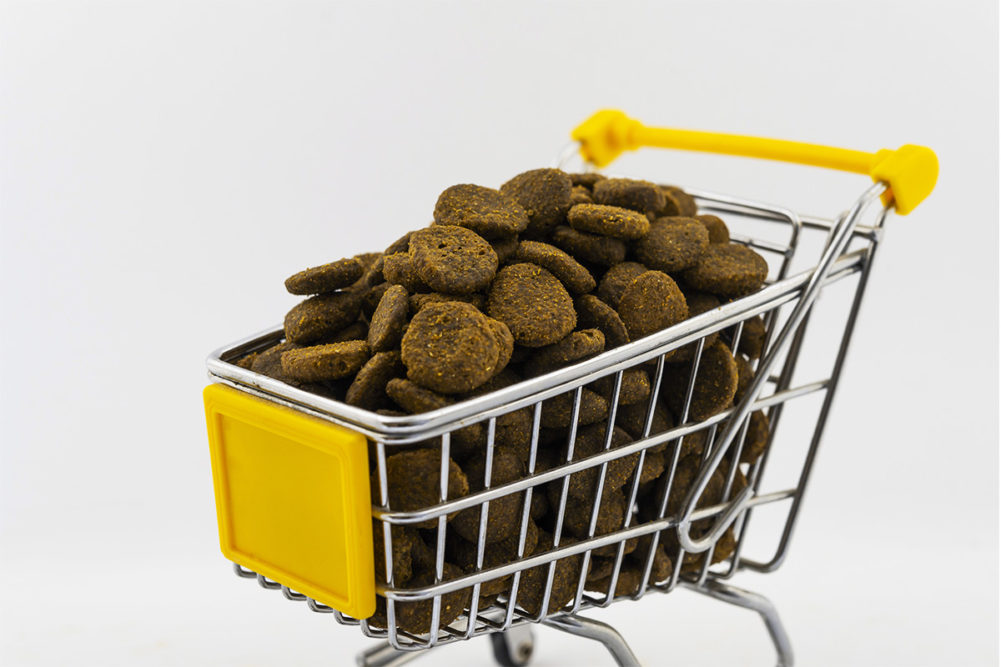STAMFORD, CONN. — The American Pet Products Association (APPA) published the second phase of its ongoing report, “COVID-19 Pulse Study of Pet Ownership During the Pandemic,” showing little to no changes in purchasing behavior and economic sentiments among US pet owners as the pandemic continues to pose a threat to public health and the economy.
“In a world where COVID-19 information is changing daily, it’s important that we navigate this pandemic with real-time information and pay attention to the effects it’s having on various aspects of pet ownership,” said Steve King, chief executive officer of APPA. “We’re lucky to be among the few industries expected to be positioned for growth during this time, but we must work together, continue the research and remain nimble.”
Back to the store
Volume two of the report dives deeper into pet owner purchasing behaviors. As brick-and-mortar stores across the nation have opened back up, the market is seeing pet owners return to in-person shopping, with fewer consumers opting for curbside pickup and e-commerce options.
APPA reported 69% of consumers purchased pet food most recently at a brick-and-mortar store in both May and June, while buy online pick up in-store purchases decreased 1% over the same period from 6% in May to 5% in June.
Direct delivery purchases of pet food and treats were slightly up from May to June, with 15% of pet owners utilizing this channel most recently in June compared to 13% in May. Curbside pick-up purchase rates for pet food remained the same at 11% from May to June.
Pet treat purchases are mostly being made in-store, according to the report, with 73% of pet owners choosing brick-and-mortar in June compared to 70% in May. Buy online pick up in-store purchases became less frequent, with 4% of pet owners choosing this option in June compared to 6% in May.
Curbside pick-up purchases declined in June to 9% of pet owners, compared to 11% in May.
However, e-commerce growth has continued throughout COVID-19. Market research firm Packaged Facts projects online sales to account for 27% of all pet product sales in the United States by the end of 2020, and 35% by the end of 2024.
“Food, treats and toys are purchased in-person by 60% or more of pet owners, online through a retailer by one-quarter and from an online only outlet by 15% or less,” APPA reported.
While dollar and convenient stores are “a small piece of the retail outlet pie,” APPA reported, 7% of pet owners said they most recently purchased pet food from these outlets in June, compared to just 4% in May. Similarly, 12% of pet owners shopped for treats at dollar/convenient stores in June, compared to 8% in May.
Other channels experienced minor fluctuations from May to June that “follow no specific pattern,” APPA said.
The mass channel continues to be the most popular retail channel for pet owners during the pandemic, with 27% of pet owners shopping for pet food and treats in this channel in both May and June. Twenty percent of pet owners reported purchasing pet food and treats most recently in pet superstores in May and June, and 7% reported shopping for these products at pet specialty stores in June, up 2% from May.
Pet food and treat purchases from online-only platforms decreased slightly from May to June, with 13% purchasing pet food from this channel in June compared to 15% in May, and 12% purchasing pet treats from this channel in June compared to 13% in May.
Steady as it goes
Pet ownership and purchasing behavior has been largely unchanged from May to June. Pet food and treat purchases, as well as pet food and treat inventory at pet stores, have been steady. There was no significant change in pet owners being financially cautious about their pet product spending, with a majority (64%) spending the same amount from May to June, APPA reported.
“It’s reassuring to see that pet ownership has not been negatively affected, as pet owners are spending more time with their pets and they remained focused on caring for their pets as they continue to appreciate the enjoyment of having pets in their lives,” King said. “However, as concerns grow surrounding when life will get back to normal, financial stability in the long run and when the economy will bounce back from this pandemic, it’s important to stay informed.”
APPA asked pet owners, “When do you think your everyday life will return to normal?” in its first survey in May and again in June. The most recent sentiments seem to be leaning toward the long term, with 27% of pet owners expecting COVID-19 disruptions to continue for more than a year, compared to 21% in May. Just 21% of pet owners said they believe normalcy will be restored in two to three months or less when asked in June, compared to 28% in May.
Read our summary of APPA’s initial COVID-19 Pulse Survey.
Follow our breaking news coverage of the coronavirus/COVID-19 situation.




